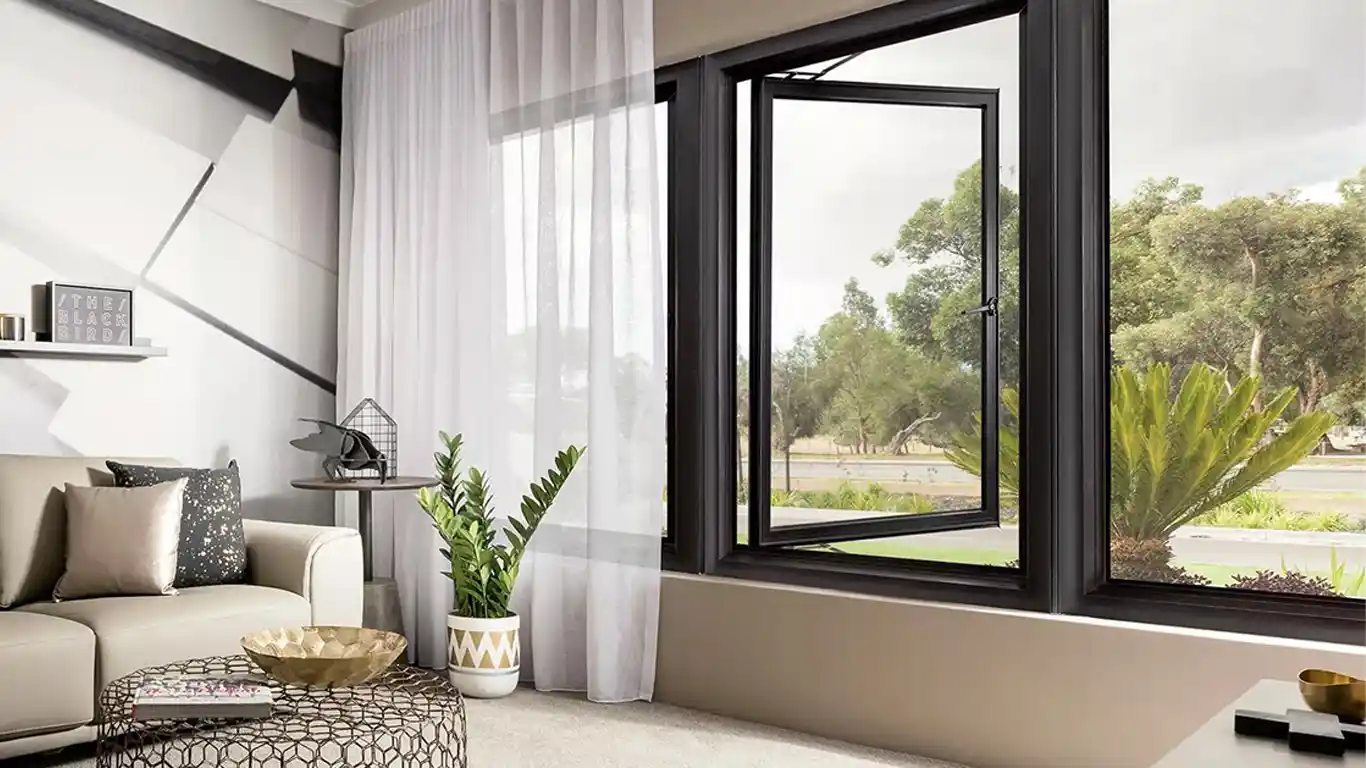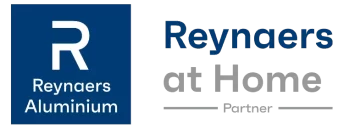Casement windows are one of the most popular and versatile types of windows used in both residential and commercial buildings. Known for their functionality, aesthetic appeal, and energy efficiency, casement windows are hinged at the side and open outward like a door, providing unobstructed views and excellent ventilation. This comprehensive article delves into the technical aspects of casement windows, their benefits, design variations, and installation considerations.
Casement windows are a versatile, efficient, and aesthetically pleasing option for both residential and commercial buildings. Their design allows for maximum ventilation, unobstructed views, and enhanced security. With various materials and styles available, casement windows can be tailored to meet the specific needs of any project. Proper installation and maintenance ensure they provide long-lasting performance and energy efficiency. Vision Art Aluminum offers high-quality casement windows designed to meet the rigorous demands of modern architecture, combining durability with stylish design.
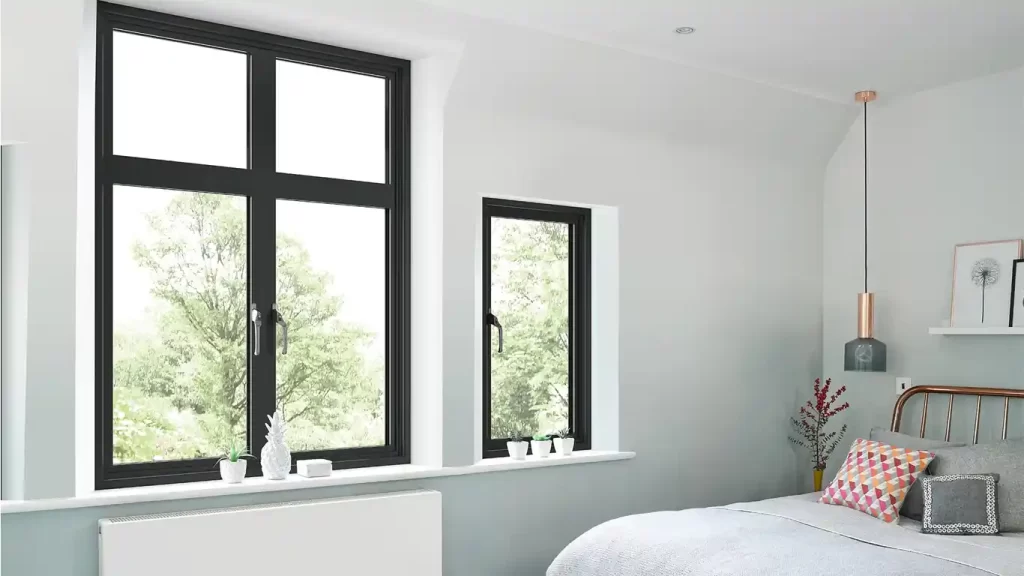
Design and Functionality of Casement Windows
Casement windows are designed with a single sash that is hinged on one side, allowing the window to swing outward. This design provides several functional advantages:
- Ventilation: Casement windows can be fully opened, allowing maximum airflow into the room. The outward-opening design catches side breezes and directs them into the building, making them particularly effective for ventilation.
- Unobstructed Views: Since casement windows typically do not have a central mullion, they offer a clear, unobstructed view when opened.
- Ease of Operation: These windows are often equipped with a crank handle, making them easy to open and close, even in hard-to-reach places.
Materials Used in Casement Windows
Casement windows can be constructed from various materials, each offering unique benefits:
- Aluminum: Known for its strength and durability, aluminum is a common material for casement windows, especially in commercial buildings. Aluminum frames are resistant to corrosion and require minimal maintenance.
- Vinyl: Vinyl casement windows are popular for their energy efficiency and low maintenance. They offer good insulation properties and are available in various colors and finishes.
- Wood: Wood provides a traditional, classic look and excellent insulation. However, wood frames require more maintenance to protect against moisture and insect damage.
- Composite: Composite materials combine the best features of wood and vinyl or aluminum, offering durability, low maintenance, and good thermal performance.
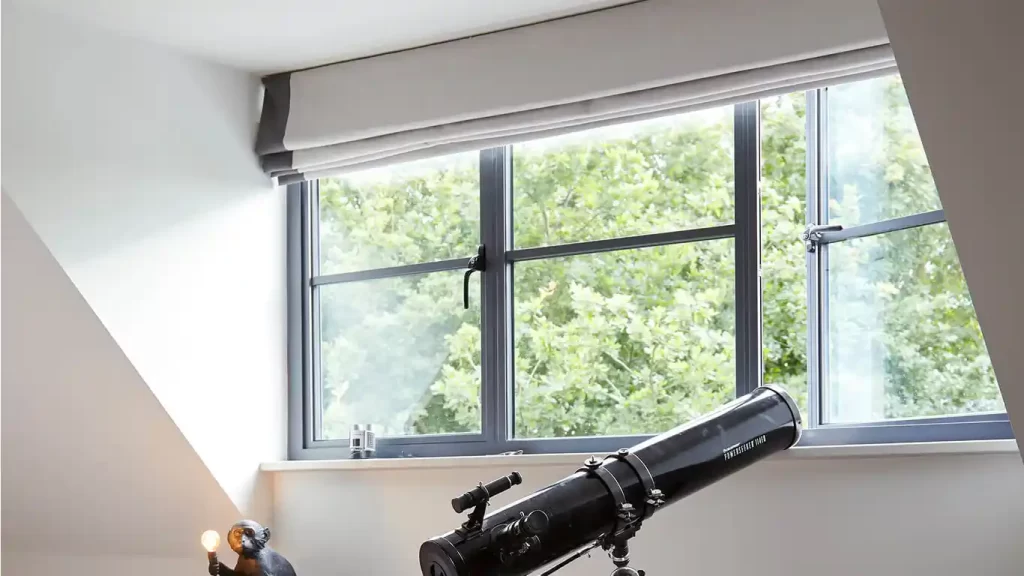
Energy Efficiency of Casement Windows
One of the significant advantages of casement windows is their energy efficiency. The tight seal created when the window is closed helps to prevent air leakage, making them more energy-efficient than many other types of windows. Some of the features that contribute to their energy efficiency include:
- Weatherstripping: High-quality weatherstripping around the window frame ensures a tight seal, reducing drafts and improving insulation.
- Low-E Glass: Casement windows can be fitted with low-emissivity (Low-E) glass, which reflects heat while allowing light to pass through, enhancing energy efficiency.
- Double or Triple Glazing: Multi-pane glass options provide better insulation and reduce heat transfer, further improving the window’s thermal performance.
Security Features of Casement Windows
Casement windows are considered more secure than other window types due to their design:
- Hook-Shaped Locks: These windows often feature hook-shaped locks embedded within the frame, making them difficult to tamper with from the outside.
- Multi-Point Locking Systems: Many casement windows are equipped with multi-point locking systems that secure the window at multiple points along the frame, enhancing security.
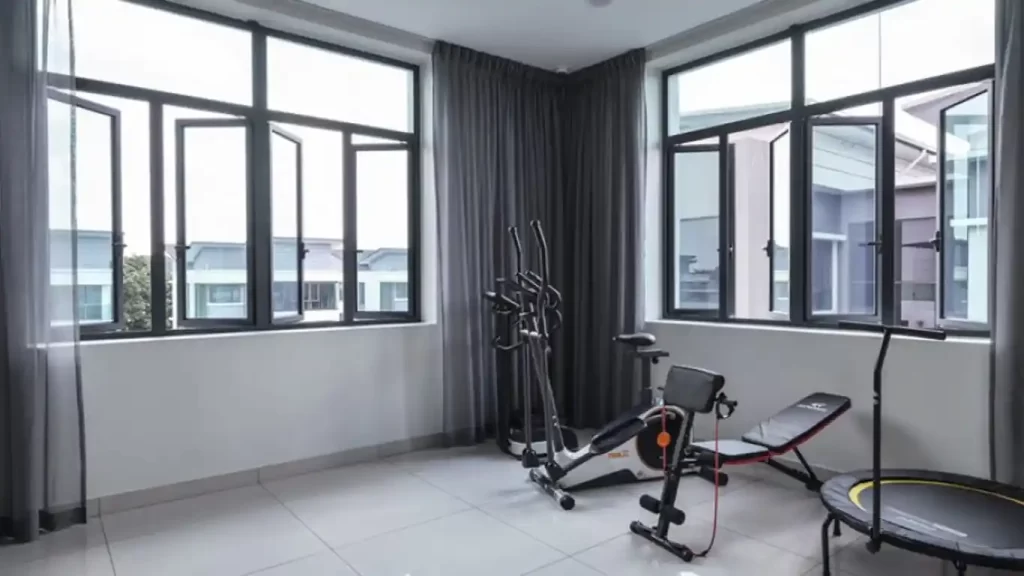
Types of Casement Windows
There are several variations of casement windows to suit different architectural styles and functional requirements:
- Single Casement Windows: These have one sash that opens outward.
- Double Casement Windows (French Casement): These feature two sashes that open outward from the center without a vertical mullion, providing a wider opening.
- Awning Windows: A subtype of casement windows hinged at the top, allowing the window to open outward from the bottom. These are ideal for ventilation even during light rain.
- Push-Out Casement Windows: Instead of a crank handle, these windows are operated by a push mechanism, offering a more traditional look.
Installation Considerations for Casement Windows
Proper installation is crucial for the performance and longevity of casement windows. Some key installation considerations include:
- Correct Sizing: Accurate measurements are essential to ensure the window fits perfectly within the opening, preventing air leaks and ensuring proper operation.
- Professional Installation: Hiring experienced professionals to install casement windows ensures they are fitted correctly, maximizing their energy efficiency and functionality.
- Sealing and Insulation: Proper sealing around the window frame is critical to prevent drafts and water infiltration. Insulating the gaps between the window frame and the wall enhances thermal performance.
Maintenance and Care for Casement Windows
Maintaining casement windows involves regular cleaning and periodic inspections to ensure they operate smoothly and remain in good condition:
- Cleaning: Regular cleaning of the glass and frames keeps the windows looking their best. Use mild soap and water to clean the frames, and a glass cleaner for the panes.
- Lubrication: The hinges and crank mechanism should be lubricated periodically to ensure smooth operation. Avoid using harsh chemicals that can damage the hardware.
- Inspection: Regularly check the weatherstripping and seals for signs of wear and replace them as needed to maintain energy efficiency. Inspect the frames for any damage or signs of moisture infiltration.
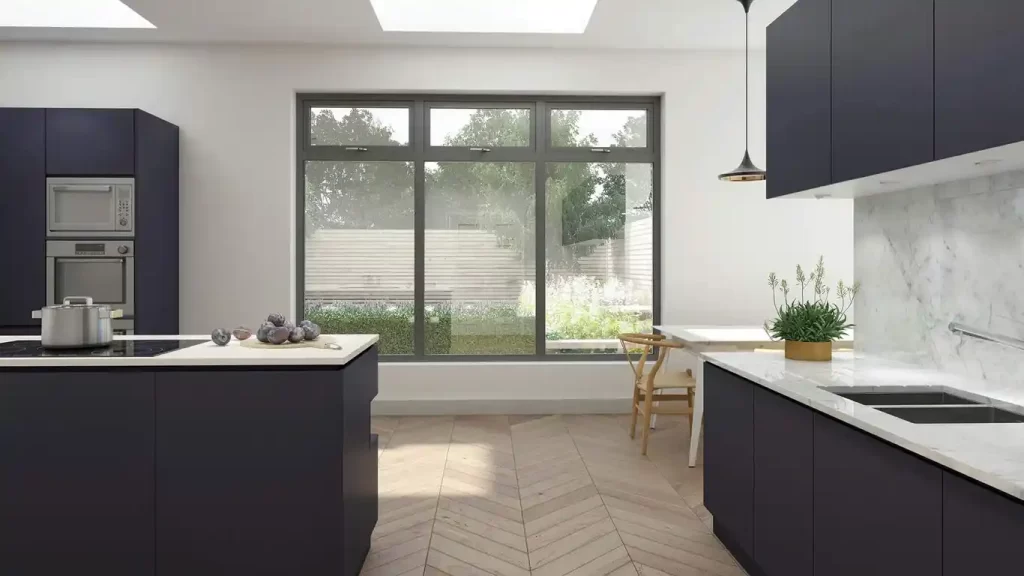
Advantages of Casement Windows
Casement windows offer several advantages that make them a popular choice for various applications:
- Enhanced Ventilation: The ability to fully open allows for maximum airflow, improving indoor air quality.
- Energy Efficiency: The tight seal when closed helps reduce energy costs by preventing drafts and improving insulation.
- Aesthetic Appeal: Casement windows provide a sleek, modern look that can enhance the appearance of any building.
- Ease of Use: The crank handle operation makes them easy to open and close, even in hard-to-reach places.
Common Applications of Casement Windows
Casement windows are versatile and can be used in various settings, including:
- Residential Buildings: Ideal for kitchens, bathrooms, and living areas where ventilation and unobstructed views are desired.
- Commercial Buildings: Used in offices, schools, and healthcare facilities for their energy efficiency and ease of operation.
- Historic Renovations: Customizable to match the architectural style of historic buildings while providing modern performance benefits.

